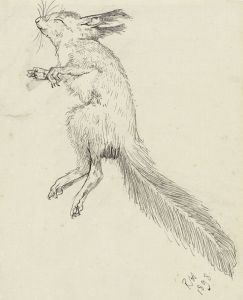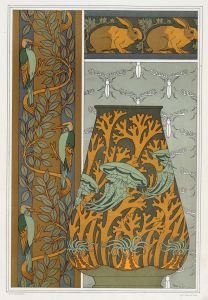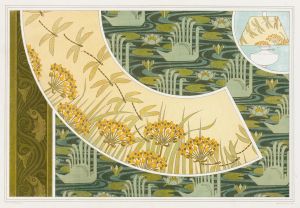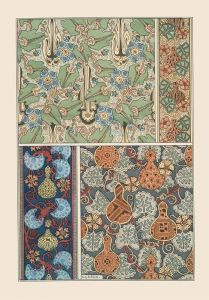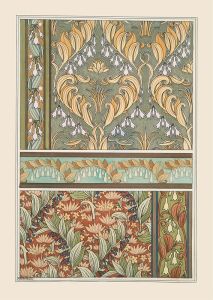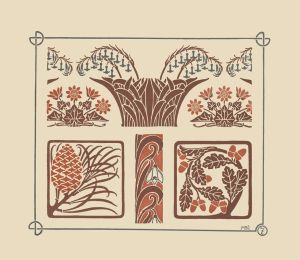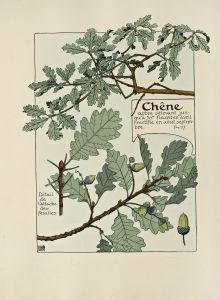
Écureuil, oiseaux et noisetier, tenture. Chèvre et vigne, gobelet argent. Corbeaux et magnolia, tenture.
A hand-painted replica of Maurice Pillard Verneuil’s masterpiece Écureuil, oiseaux et noisetier, tenture. Chèvre et vigne, gobelet argent. Corbeaux et magnolia, tenture., meticulously crafted by professional artists to capture the true essence of the original. Each piece is created with museum-quality canvas and rare mineral pigments, carefully painted by experienced artists with delicate brushstrokes and rich, layered colors to perfectly recreate the texture of the original artwork. Unlike machine-printed reproductions, this hand-painted version brings the painting to life, infused with the artist’s emotions and skill in every stroke. Whether for personal collection or home decoration, it instantly elevates the artistic atmosphere of any space.
Maurice Pillard Verneuil (1869–1942) was a French artist and designer known for his contributions to the Art Nouveau movement. He specialized in decorative arts, creating designs for wallpapers, textiles, ceramics, and other applied arts. Verneuil was particularly inspired by nature, incorporating elements such as plants, animals, and landscapes into his work. His designs often reflected the organic and flowing forms characteristic of Art Nouveau.
The artwork titled Écureuil, oiseaux et noisetier, tenture. Chèvre et vigne, gobelet argent. Corbeaux et magnolia, tenture. is a decorative composition by Verneuil. The title, which translates to "Squirrel, Birds, and Hazel Tree, Tapestry. Goat and Vine, Silver Goblet. Ravens and Magnolia, Tapestry," suggests that the piece is a series of designs or panels featuring various natural motifs. Each segment of the title highlights a different subject, indicating Verneuil's focus on diverse elements of flora and fauna.
This work exemplifies Verneuil's skill in combining intricate patterns with natural themes. The inclusion of animals such as squirrels, birds, goats, and ravens, alongside plants like hazel trees, vines, and magnolias, reflects his deep appreciation for the natural world. These motifs were common in Art Nouveau, where artists sought to harmonize art with nature. The mention of "tapestry" suggests that the designs may have been intended for use in textiles or wall hangings, a medium in which Verneuil frequently worked.
Verneuil's approach to design was heavily influenced by Japanese art, particularly ukiyo-e prints, which emphasized flat planes of color, stylized forms, and asymmetrical compositions. This influence is evident in his ability to distill complex natural forms into elegant, decorative patterns. His work also drew from the broader Art Nouveau movement, which sought to break away from historical styles and embrace modernity through innovative design.
While specific details about the creation date or commission of this particular work are not readily available, it aligns with Verneuil's broader body of work, which often served both artistic and functional purposes. His designs were widely disseminated through pattern books and publications, making his aesthetic accessible to a broad audience and influencing the decorative arts of his time.
Maurice Pillard Verneuil remains a significant figure in the history of decorative arts, and works like Écureuil, oiseaux et noisetier, tenture. Chèvre et vigne, gobelet argent. Corbeaux et magnolia, tenture. demonstrate his mastery of blending artistic beauty with practical design.





